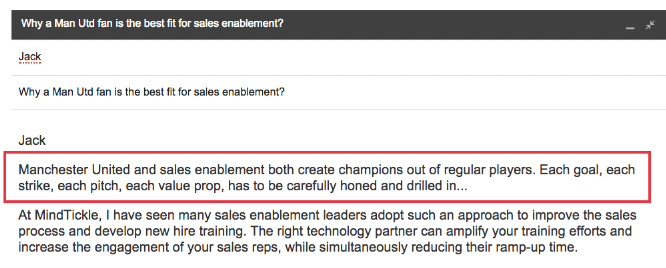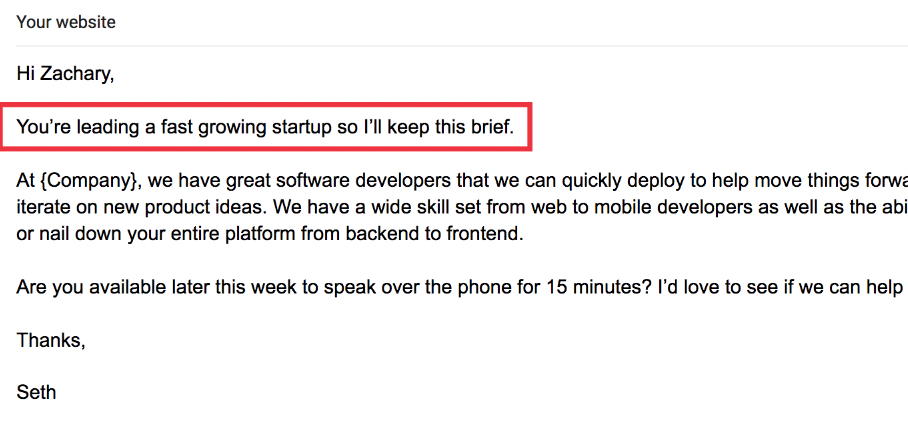From the moment you send it, a sales email has a lot of hurdles to clear. Getting into the inbox is the first step. Getting opened is a triumph. But the biggest challenge of all? Getting the recipient to respond – whether it’s by requesting more information, making an appointment, booking a service or purchasing a product.
Thankfully, there are certain steps you can take to write an email that sparks interest and drives action. From your subject line to your sign off, we’ve put together some valuable tips that will get your audience to open your email — and respond.

Craft a strong subject line
Your subject line is the gatekeeper for your email – an essential message that will either inspire the recipient to click, or prompt them to trash it. Keep your sales email subject line short, casual and relevant to their company or industry. It should be easy to read and leave the recipient wanting to know more. For example:
- How [competitor] seems to be gaining momentum.
- Does [particular feature] differentiate vendors in [industry].
- Learn from [competitor’s] mistake.
- [Common connection] speaks highly of [company].
HubSpot also offers some great examples, including:
- Ideas for [thing that’s important to them]
- Question about [goal they have].
- Thoughts about [title of blog post].
- Have you considered [thought/recommendation]?
Add an interesting introduction
They’ve opened your email! Now is your chance to keep them interested. Start with a greeting that fits your audience and brand. How casual, formal or personal it is depends on your audience. Use this intro as a way to personalize and show the reader this isn’t another email from some sales person.
In addition to playing off your subject line, sales company Close suggests that an effective introduction should establish context for why you’ve sent the email, build trust and credibility, and act as a transition to your sales pitch. You can establish familiarity by mentioning a recent meeting at a networking event, or complimenting them on a recent accomplishment.

Get to the point with your pitch
Ultimately, people just want to know what you’re offering and how it can benefit them. The body copy of your email should cut to the chase and address what you have to offer and why it’s beneficial. Include any positive results and compelling stats here.

Finish with a call to action
Write a call to action that stands on its own and closes out your email. Keep it short and instruct the reader on what to do next – whether it’s to set up an appointment, fill out a form to access free content or visit your website for additional information on your products and services.

Choose when to send your email
There is A LOT of information out there regarding the best day of the week and time to send emails. OptinMonster breaks down data that shows Tuesdays and Thursdays as being the best days for email open rates. CoSchedule shares research that shows late morning – around 10 a.m. – as the most successful send time.
In closing
When a sales email is written thoughtfully and strategically, and incorporated into a larger email strategy, it’s an easy and effective way to move customers through your funnel and toward concrete action.
Personalization and research will help you stand out against everyone else vying for their attention. Take the time to more deeply understand your prospect; it will pay off later.




